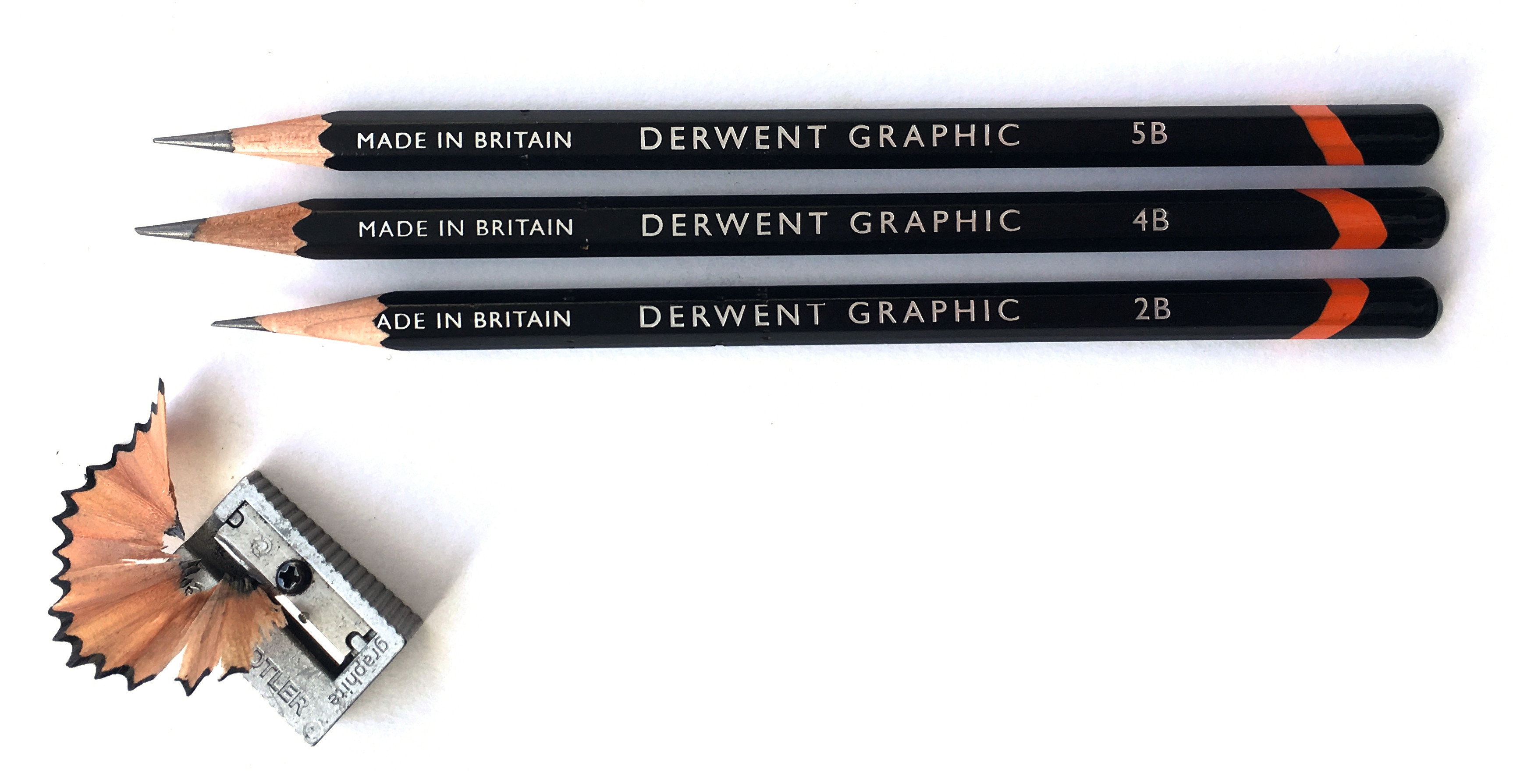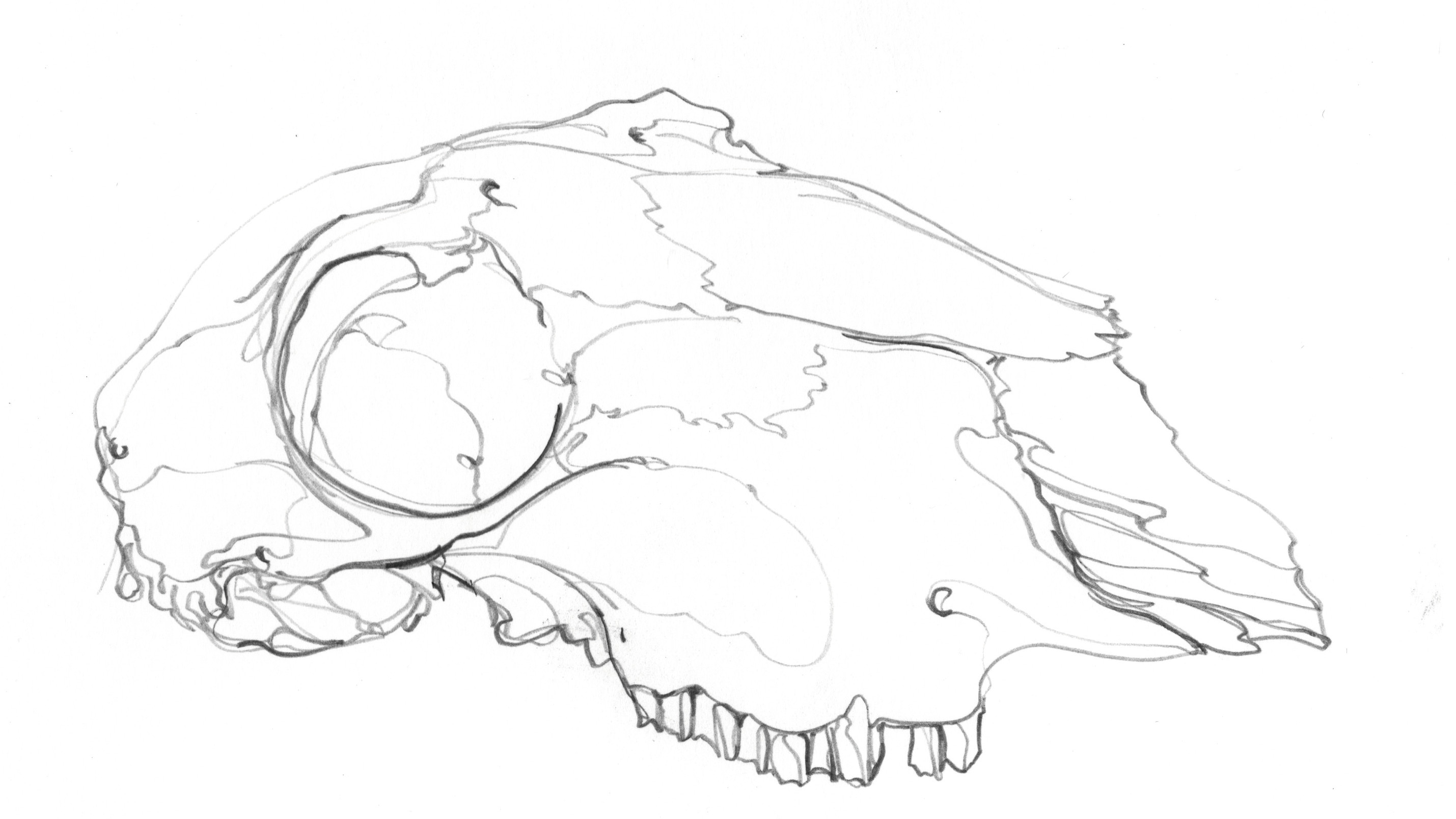Conquer pencil drawing in 6 simple steps
Get to grips with the humble pencil with these expert drawing techniques.
The humble pencil is a ubiquitous and versatile drawing tool, and it's sometimes massively underrated in today's tech-focused worlds. To get the most out of it, there are some important considerations when picking out pencils, which we will cover here, followed by an introduction to the most fundamental unit of drawing – line. We've also got two exercises to help you create better lines.
So whether you're just learning how to draw or are a seasoned pro, these tips will provide a sound foundation for novices and some useful reminders for more experienced artists.
For more advice, explore our essential pencil drawing techniques. And if you're in need of more tools, then see our best pencils buying guide.
01. Pick the right pencil

2B or not 2B? Picking the right grade of pencil for your drawing will help you make the best sketch possible. Graphite pencils are available in a scale of hardness from 9H (hard, pale) to 9B (soft, dark), with HB and F in the middle of the range.
Typically, the H grades are suited to technical drawing, while B grades are ideal sketching pencils. Start off with a 2B or 3B pencil for the exercises in this article.
02. Sharpen your pencil

Some drawings require a fine, sharp point for pinning down a crisp line, others a broad, flat side to the pencil lead for blocking in tone. Sometimes, a blunt point can serve your purposes.
Whatever your preference, ensure you always have a sharpener on hand – if you use a regular handheld sharpener, make sure that it is sharp and that you have several with you if you go out to draw; a desk-mounted helical sharpener will last much longer and typically grinds the pencil to a longer point. If you use a craft knife, always cut away from your body.
Daily design news, reviews, how-tos and more, as picked by the editors.
03. Get the right pencil hold

Different pencil holds are suited to different marks, experiment with different ways to grip your pencil as you draw and work out ideal grips for different methods of mark making. It is important to consider where you are making your mark from – fingers, wrist or shoulder?
04. Consider your lines

The kind of mark you make will significantly affect the feel and look of a pencil drawing. When you make a mark, give some thought to the speed at which you make it. Also think about the weight that you put into the stroke – a heavy line is dark and definite; a lightly drawn line is pale and exploratory.
When you are starting out, try to avoid uncertain, feathery marks. Here are two exercises (steps 5 and 6) to help you explore line – they could be applied to any subject and are great for all levels.
05. Practise blind contour drawing

The first exercise – blind contour drawing – is a common, playful exercise that helps you to draw unselfconsciously, making bold marks without feeling anxious about the outcome.
Set up a subject in front of you and fix your eye on the top of it, placing your pencil on your paper. Without looking down at the paper, trace your eye around your subject, following its edges and contours, and as you do so, let your pencil follow the same journey on the paper.
Draw in a single, unbroken line and don’t look back at the drawing until you are finished – it will look strange and misproportioned, it is supposed to! Repeat the exercise regularly as a warm up to get your hand working together with your eye.
06. Try continuous line drawing

This second exercise is a development of the blind contour drawing and involves the same continuous, unbroken line. This time as you draw, flick your eye down to the page regularly as your line explores the contour of your subject.
Start with a light, playful line, and as you become more confident in the shapes that you are observing, put more weight into your mark, aiming for a variety of line weight across the picture. Don’t aim for precisely accurate proportion, instead aim for an honest process of looking and mark making, without overthinking the drawing.
Related articles:

Jake is an artist, author of a bestselling series of how to draw books and head tutor of independent drawing school Draw. He regularly works for The V&A Museum, The National Portrait Gallery and BBC amongst others.
